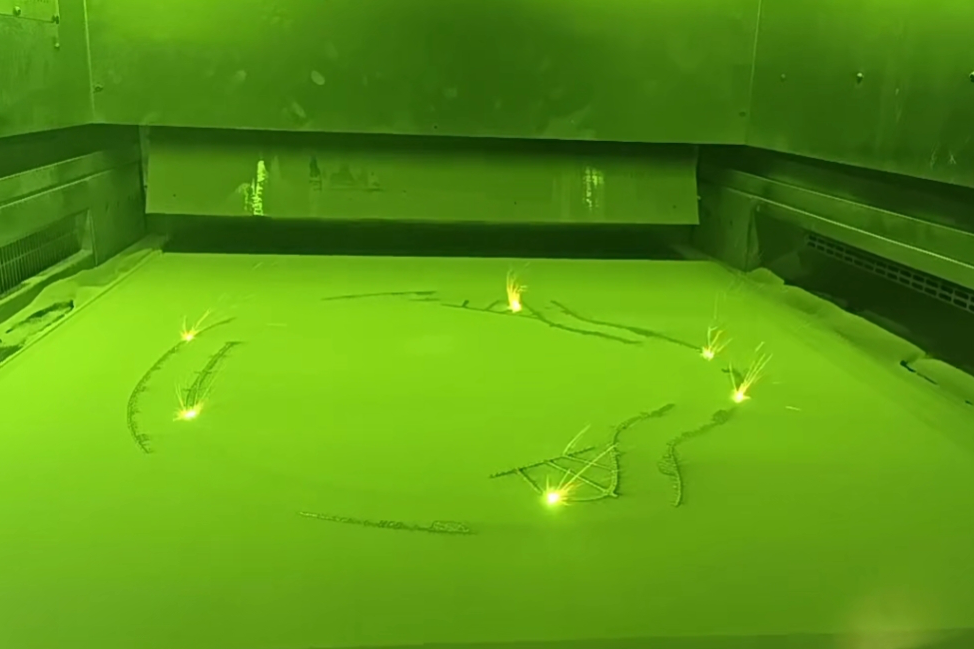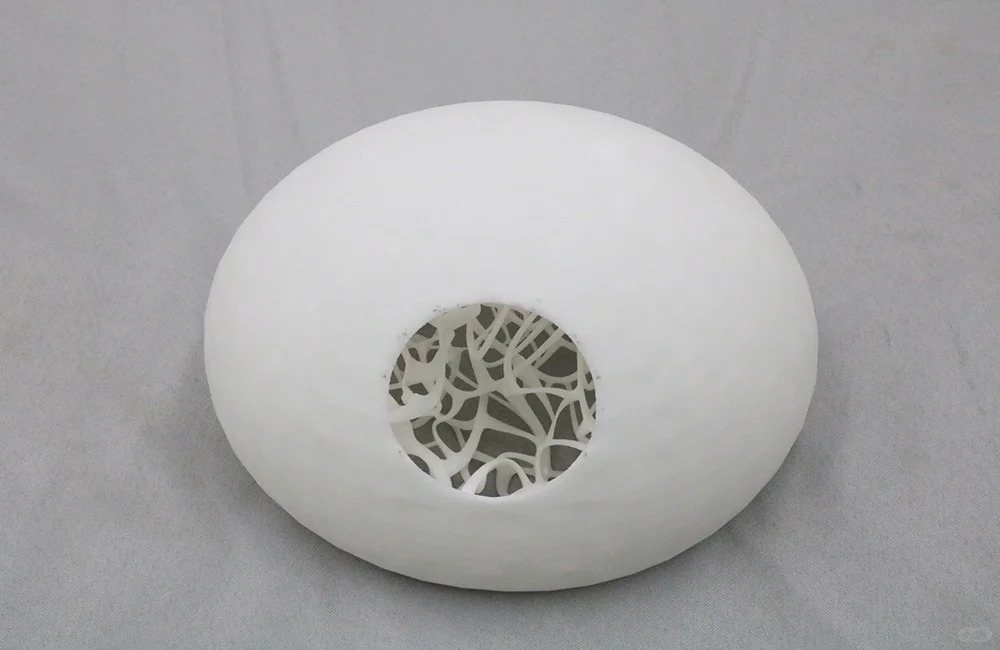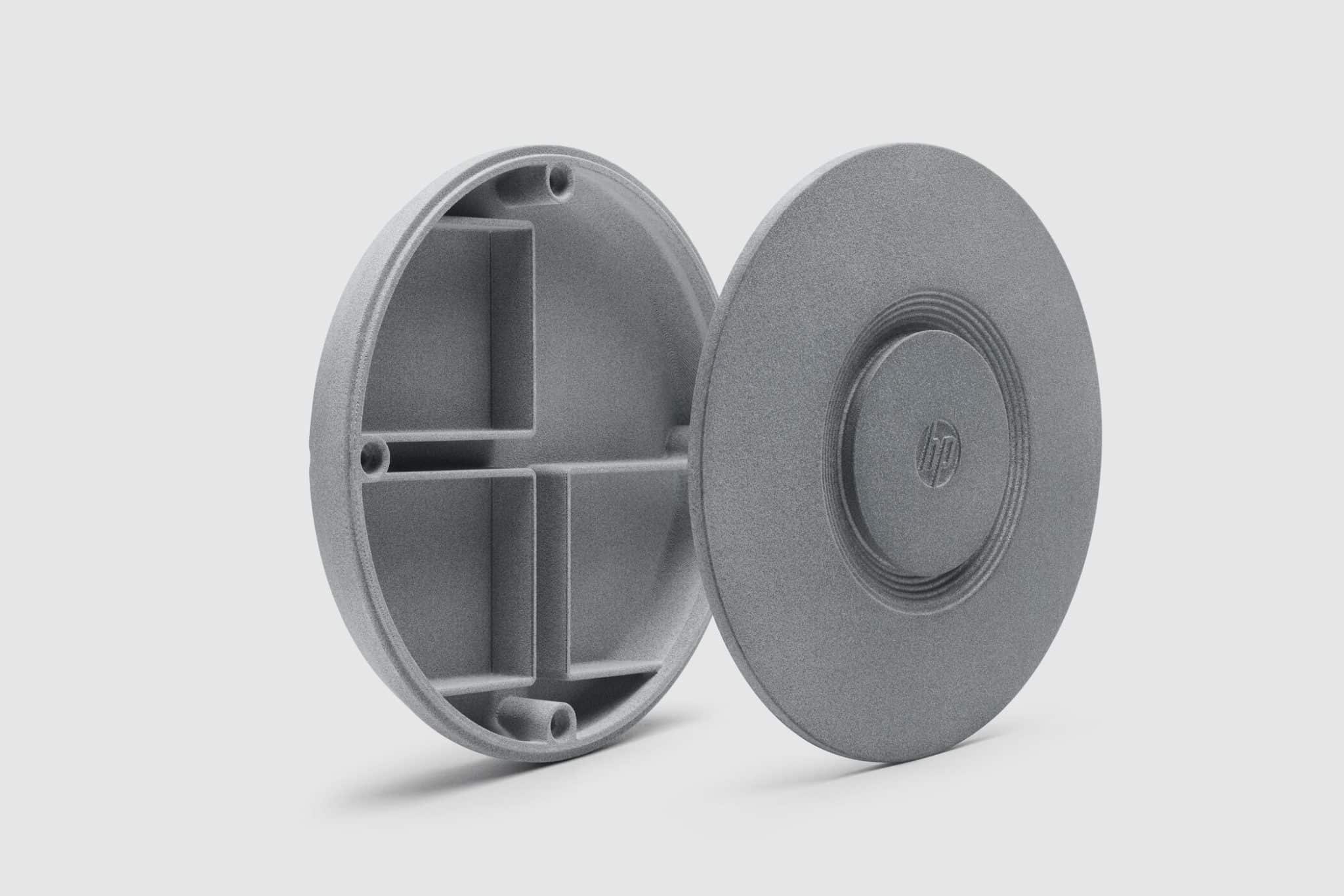Polycarbonate (PC)
Introduction to Polycarbonate (PC) for 3D Printing
Polycarbonate (PC) is a high-performance thermoplastic known for its outstanding impact resistance, high heat deflection temperature, and dimensional stability. It is ideal for demanding functional parts such as mechanical housings, load-bearing brackets, and enclosures exposed to high temperatures or impact loads.
Fused Deposition Modeling (FDM) is the most common method for 3D printing PC, offering dimensional accuracy of ±0.2 mm and structural integrity suitable for both prototyping and low-volume end-use production.
International Equivalent Grades of Polycarbonate
Standard | Grade Code | Common Names |
|---|---|---|
ISO | ISO 7391 | Polycarbonate (PC) Resin |
ASTM | D3935 | PC Engineering Plastic |
China | GB/T 12670 | 聚碳酸酯 (Polycarbonate) |
Trade | — | Lexan®, Makrolon®, etc. |
Comprehensive Properties of Polycarbonate (PC)
Property Category | Property | Value |
|---|---|---|
Physical | Density | 1.20 g/cm³ |
Glass Transition Temperature | ~147°C | |
Heat Deflection Temperature | 130–140°C | |
Mechanical | Tensile Strength | 55–70 MPa |
Flexural Modulus | 2,200–2,500 MPa | |
Elongation at Break | 60–120% | |
Impact Resistance (Notched) | >700 J/m |
Suitable 3D Printing Processes for Polycarbonate
Process | Typical Density Achieved | Surface Roughness (Ra) | Dimensional Accuracy | Application Highlights |
|---|---|---|---|---|
≥95% | 12–18 µm | ±0.2 mm | Ideal for impact-resistant prototypes, enclosures, jigs, fixtures, and functional assemblies |
Selection Criteria for PC 3D Printing Processes
High Heat Resistance: PC maintains shape and functionality under continuous loads at temperatures exceeding 130°C—suitable for automotive and industrial environments.
Exceptional Impact Strength: PC resists breakage under repeated or sudden loading, making it ideal for mechanical housings, lenses, and snap-fit mechanisms.
Dimensional Precision: When printed with a 260–300°C nozzle and heated bed (110–120°C), PC offers strong interlayer adhesion and low warpage.
Post-Processing Capability: PC supports sanding, machining, painting, and bonding for aesthetic and functional enhancement of printed parts.
Essential Post-Processing Methods for Polycarbonate (PC) 3D Printed Parts
CNC Machining: Provides ±0.02 mm precision for tight fits, holes, and surfaces requiring high flatness or sealing capability.
Annealing/Heat Treatment: Reduces internal stress and improves thermal resistance by annealing parts at ~110°C for 1–2 hours post-print.
Surface Sanding & Polishing: Improves optical clarity and mechanical finish, particularly for transparent PC parts or surfaces in contact applications.
Solvent Bonding & Assembly: Industrial adhesives or solvent bonding ensure structural joins in multi-part assemblies or enclosure systems.
Challenges and Solutions in PC 3D Printing
Warping and Layer Delamination: Use enclosed, heated chambers to maintain build temperature; consistent thermal control is key for warp-free PC prints.
Moisture Sensitivity: Dry filament at 80–90°C for 6–8 hours before printing. PC absorbs water quickly, causing bubbling or poor adhesion if wet.
High Print Temperature Requirements: PC prints best at 260–300°C. Ensure your printer's hotend and enclosure can support these temperatures safely and reliably.
Applications and Industry Case Studies
Polycarbonate is widely used in:
Automotive: Under-hood components, light covers, and functional brackets exposed to high mechanical and thermal stress.
Aerospace: Impact-resistant fairings, housings, and thermal enclosures with excellent dimensional control.
Tooling & Manufacturing: Jigs, inspection gauges, press-fit tools, and safety guards.
Consumer Products: Lens prototypes, protective casings, electrical housings, and durable display parts.
Case Study: A tooling supplier replaced machined polycarbonate jigs with 3D printed equivalents. The jigs maintained dimensional accuracy (±0.15 mm) and impact resistance after 500 use cycles, reducing lead time by 70%.
Frequently Asked Questions (FAQs)
What’s the maximum operating temperature for 3D printed polycarbonate parts?
How does polycarbonate compare with ABS and Nylon for mechanical strength?
Can PC parts be post-processed for transparency or smooth finish?
What industries use 3D printed PC components for functional applications?
What precautions are needed to avoid warping or cracking in PC printing?



